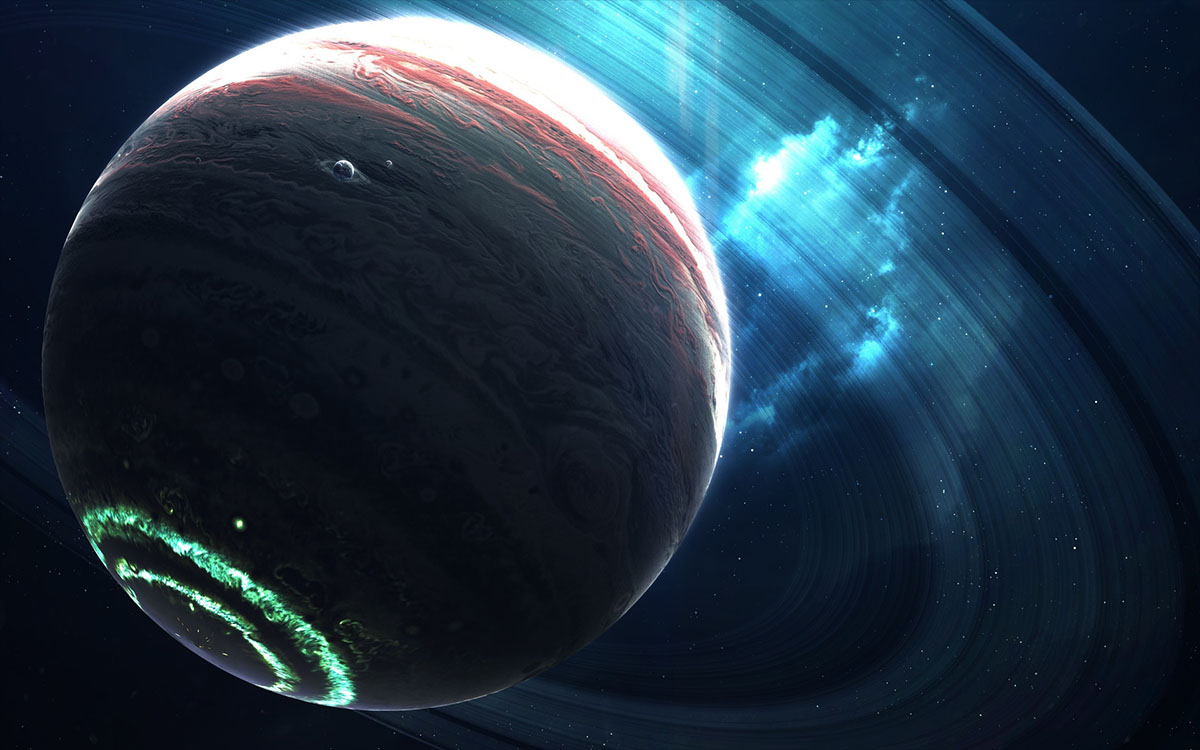where is planet nine hiding? and does it actually exist?

We’ve been looking for another planet beyond Pluto’s orbit for nearly a century because a small gas giant or a Super-Earth, would explain the strange orbits of rocky debris from the early days of our solar system floating past Neptune. Unfortunately, the search gave us Pluto and a bunch of dwarf planets instead, leaving some scientists to offer some pretty creative explanations for why we can’t seem to find a world at least five or six times as massive as ours floating around the Sun, but think we’ve managed to detect a moon in an alien solar system.
The latest attempt to make the case for this new planet used data from an infrared survey of the sky known as IRAS, and looked for reflections that could be coming from distant planets instead of stellar objects light years away. At first glance, they found 535 potential worlds ostensibly orbiting between 65 to 743 billion miles away if they existed. Unfortunately for the researchers, subsequent passes to eliminate interference and other explanations ruled out each and every one of these candidates.
So, does this mean Planet Nine doesn’t exist since we can’t find it even in infrared? It’s not that simple. You see, the candidates’ orbits were 700 to 8,000 AUs, or astronomical units from the Sun, with an AU equal to Earth’s distance from our home star. Planet Nine’s orbit is predicted to be around 600 AU, which means that the study in question ruled out the existence of a sizable enough planet matching our target just beyond where we think it should exist, narrowing down the search area for future planet-hunting attempts.
But this isn’t good news either because we’ve been scanning those 600 AU for a small gas giant since 1846 with little success. It seems more and more possible that if we’re only finding where it isn’t, it may not exist at all, and far simpler explanations for the phenomena they’re supposed to explain will suffice. And should we give up on finding Planet Nine, it wouldn’t be the first world scientists were sure must exist to explain an odd observation only to discover that new research made those planets completely unnecessary.
Greek philosopher Philolaus proposed Antichthon, a mirror Earth rotating exactly opposite of us in an attempt to explain eclipses in a non-geocentric solar system without Newtonian physics or relativity. Several astronomers suggested that the asteroid belt between Mars and Jupiter was created by the breakup of a primeval planet called Phaeton, or Krypton, or Planet Five. And, of course, there was Vulcan, a world that was supposed to explain Mercury’s orbital eccentricities we resolved with better physics and additional observations.
As we understand more and more about the cosmos and our solar system, we’re dealing with more and more complicated and obscure problems which require an ever better understanding of physics. Subtle motions of Kuiper Belt Objects beyond Neptune are still a head-scratcher for many astronomers, which is why they’re hoping to find a planet large enough to provide a neat and tidy explanation. But while that would be nice, the universe often doesn’t answer our every question or solve every mystery, so we may need to accept that Planet Nine is not a given.
See: Chris Sedgwick, Stephen Serjeant, (2022) Searching for giant planets in the outer Solar System with far-infrared all-sky surveys. arXiv: 2207.09985v





